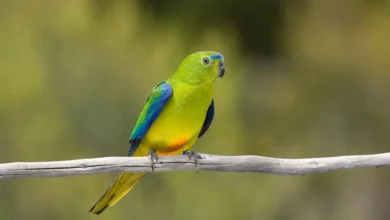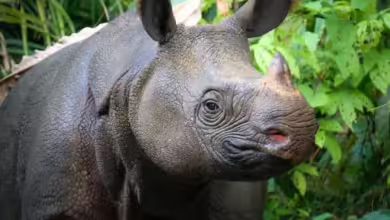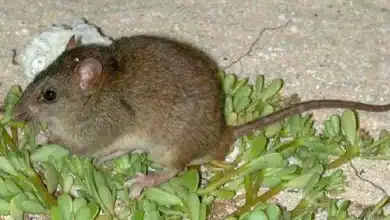Cloning Endangered Species
A New York Times Writer Suggests Replacing Wildlife Habitat With Frozen Zoos And Cloning
An All About Wildlife article, Why Cloning Won’t Save Endangered Animals, recently received a link from an essay in the online version of The New York Times that made the opposite argument.
In his December 7 piece, Species Protection and Technology, economics writer Casey B. Mulligan suggested that we needn’t worry too much about saving endangered species, since future scientists will likely be able to clone as many copies as we want of any particular animal, extant or extinct. Mulligan linked to us as a source for the idea that a population of cloned animals, having necessarily been produced from the genes of only a handful of individuals—or maybe just one or two—would lack the genetic diversity needed for survival in a natural setting. He argued against our point, saying, “Another objection is that a cloned species would not be genetically diverse enough to survive, because it would be cloned from just a few DNA samples. But that objection also springs from today’s technology. Scientists may learn . . . to produce genetic diversity themselves.”
Maybe he’s right. And, who knows; we may get that cold fusion thing figured out too, and from then on we’ll have endless free energy. But it wouldn’t be very smart of us to count on either of these long-shots paying off in time to help us very much. And, to “produce genetic diversity” at low cost, as Mulligan suggested earlier in his essay? Given all the thousands of Threatened, Endangered, and relatively recently extinct birds, mammals, amphibians, reptiles, and insects in the world, that’s pure fantasy.
But by far, Mulligan’s most troubling statement was that, “. . . it would seem to me more space intensive to protect each endangered species’ habitat for hundreds of consecutive years than it would to store some DNA and find space when the time comes for cloning.” This clearly shows, more than anything else in his essay, that Mulligan really is an economist rather than an ecologist; otherwise, he’d know habitat is not merely the treasure chest—it’s the treasure itself.
Habitats—by which I mean working ecosystems, with all their natural parts in place—are precisely the things we need to conserve for the future of our planet. Without them, the individual species that once inhabited them are little more than artifacts.
By all means, let’s save the genetic material of every species we possibly can. But, at the same time, we mustn’t confuse our potential ability to create a few token specimens of any particular species with “saving” the species itself in any way that has real meaning.



